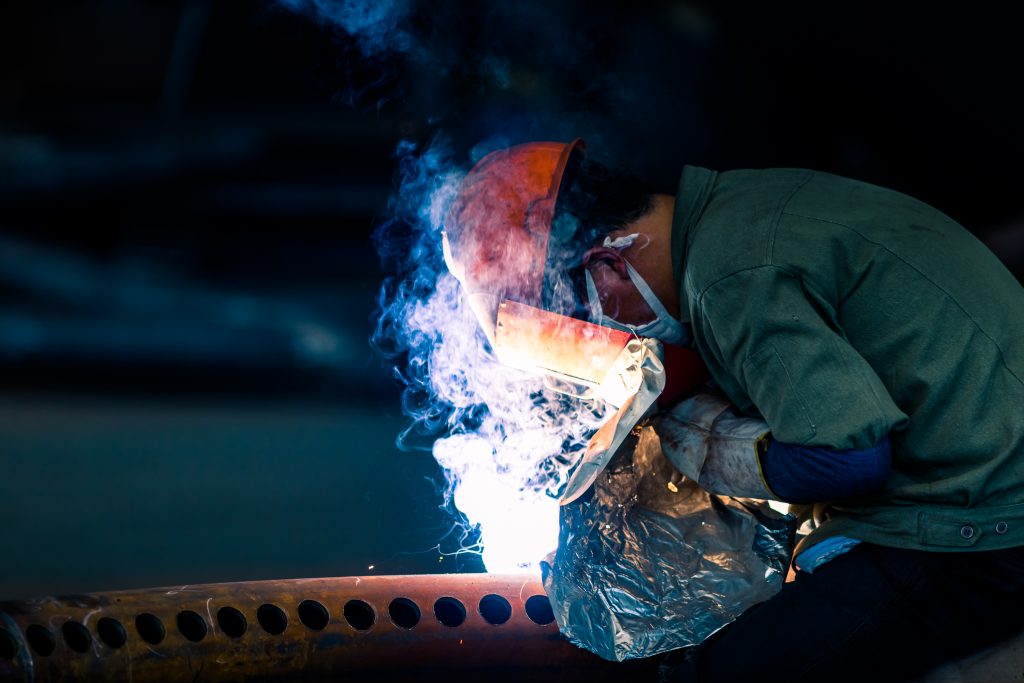TIG AND MIG: HOW IT WORKS AND THE DIFFERENCES BETWEEN THE TWO WELDINGS
One of the specializations among our units is certainly the role of the welder and the type of welding.
There are several elements that distinguish the two welds, among the best known and most appreciated, with which we are confronted every day with the execution of welding seams with one or the other method.
Electrode welding is the most famous, but it has limits that can be overcome by suitably using MIG welding or TIG welding.
MIG is an acronym that stands for Metal Inert Gas and it already gives us a first clue about a very important peculiarity: the use of an inert gas. What does all this mean for those who work?
The gas, which can also be a mixture of different elements (often CO2 and Argon), has the function of protecting the weld from oxidation. This type of welding is also commonly called continuous wire.
A roll of material wire is inserted into the machine and passes inside the torch where it is melted and used in the creation of the welding seam.
MIG welding needs a machine with very specific characteristics. It must have a motor for the sliding of the wire, a dedicated torch and ad hoc settings for welding with continuous wire.
As with the MIG technique, TIG also has an acronym that partly explains its main characteristics. In fact TIG stands for Tungsten Inert Gas.
Tungsten is an infusible material, it does not wear out. This is why it is also used in the creation of the internal filaments of common light bulbs. The gases used in TIG welding, on the other hand, are Argon and Helium.
Unlike MIG welding, there is no continuous wire, but a rod is used that is held by the operator in the hand opposite to the one holding the torch and brought close to the nozzle of this to create the welding seam.
These are welds with very high strength and pleasant aesthetics. This is why they are used in the welding of elements that will be visible once the product is completed and in precision machining.
It should be added that the human factor also determines the quality of the type of welding, therefore a specialized operator has the most important characteristics based on the high quality of the technique he has acquired over the years.
- Facebook: https://www.facebook.com/weworkeur/
- Twitter: https://twitter.com/weworkeur
- Linkedin: https://www.linkedin.com/company/weworkeur/

